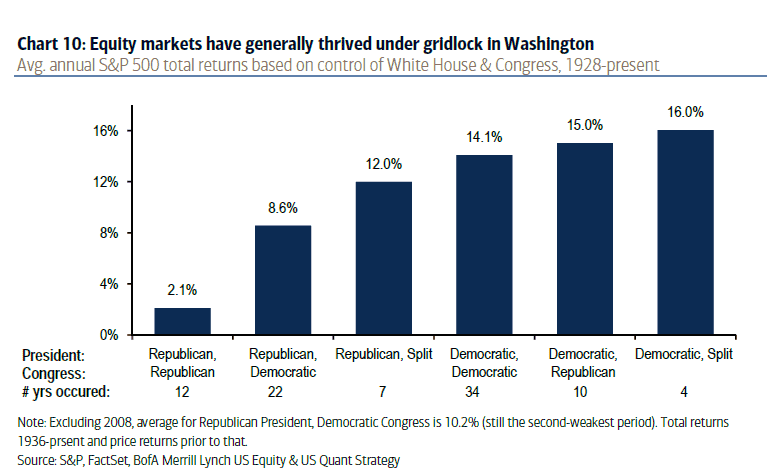
Some may believe that there’s little you can to overcome genetics when preventing heart disease.
But a new study has found that exercise can help reduce heart disease risk, no matter your genetic background.
The new findings were published today in the American Heart Association’s journal, Circulation.
Researchers analyzed information from nearly half a million people and found that increased grip strength, more physical activity, and better cardiorespiratory fitness are all associated with better heart health.
The study is one of the most robust to look at a person’s genetic predisposition and to see what effect it has on heart disease risk. It analyzed almost 500,000 people between the age of 40 and 69 over approximately six years. At the start of the study, participants had no evidence of heart disease and more than half of the participants were women.
Researchers found that exercise helped prevent heart attacks and strokes even in people with heart disease genetics.
Healthy habits vs. genetics
This study was led by Dr. Erik Ingelsson, PhD, a professor of medicine at Stanford University School of Medicine. His team assessed information from the United Kingdom Biobank — a long-term study that began in 2006 investigating contributions of genetics and environmental exposure.
Study participants were classified into those with intermediate and high genetic risks for cardiac disease.
Scientists used grip strength to represent the overall muscular-strength level as it captures upper body strength, but also is highly correlated with knee extension muscle strength, making it a commonly used indicator for general strength in large populations.
The study found that individuals with intermediate risk who had the strongest grip strength, were 36 percent less likely to develop coronary artery disease, and had a 46 percent reduction in atrial fibrillation (or irregular heartbeat) when compared to those with the weakest grip strength.
Individuals with the highest genetic risk for cardiac disease and the highest levels of cardiorespiratory fitness, showed a 49 percent reduction for coronary heart disease. This group also showed a 60 percent reduction for atrial fibrillation when compared to study participants with low cardiorespiratory fitness.
“The main message of this study is that being physically active is associated with a lower risk of heart disease, even if you have a high genetic risk,” said Ingelsson in a released statement.
The dangers of heart disease
Heart disease is the leading cause of death for both men and women in the United States, according to the Centers for Disease Control and Prevention (CDC). Heart disease accounts for 1 in every 4 deaths in the United States.
The most common type is coronary heart disease which kills over 370,000 people annually.
We’re “focusing on family history as a major cardiac risk factor, and the fact that this study shows the benefit in this population is additional evidence to reinforce this in our preventative cardiology practices,” Dr. Rachel Bond, associate director of Women’s Heart Health at Lenox Hill Hospital in New York City, said, speaking about the benefits of exercise as a preventative measure.
The overall danger of heart disease for women is even worse, with heart disease accounting for one out of every three deaths in women.
“When looking at women enrolled in this study, they showed the same benefit, which should encourage us as physicians to put our female patients on the same aggressive exercise regimen that we would for their male counterparts,” said Bond.
Dr. Daniel Muñoz, MPA, assistant professor of medicine and medical director for quality at the Vanderbilt Heart & Vascular Institute, said this study shows how important a healthy lifestyle can be in determining overall health.
“The results of the UK Biobank study serve to importantly reinforce a key principle in the prevention of cardiovascular disease: Activity matters,” said Muñoz.
Despite this study not indicating the type or the amount of exercise that is necessary to reduce heart disease, Muñoz said it can be used to show that exercise can reduce the risk despite genetic factors.
“This study serves to further empower both physicians and patients to focus on and pursue the protective benefits of exercise and activity,” Muñoz said. “It lends further credence to an increasingly understood notion in the prevention of cardiovascular disease: Sitting is the new smoking.”
























